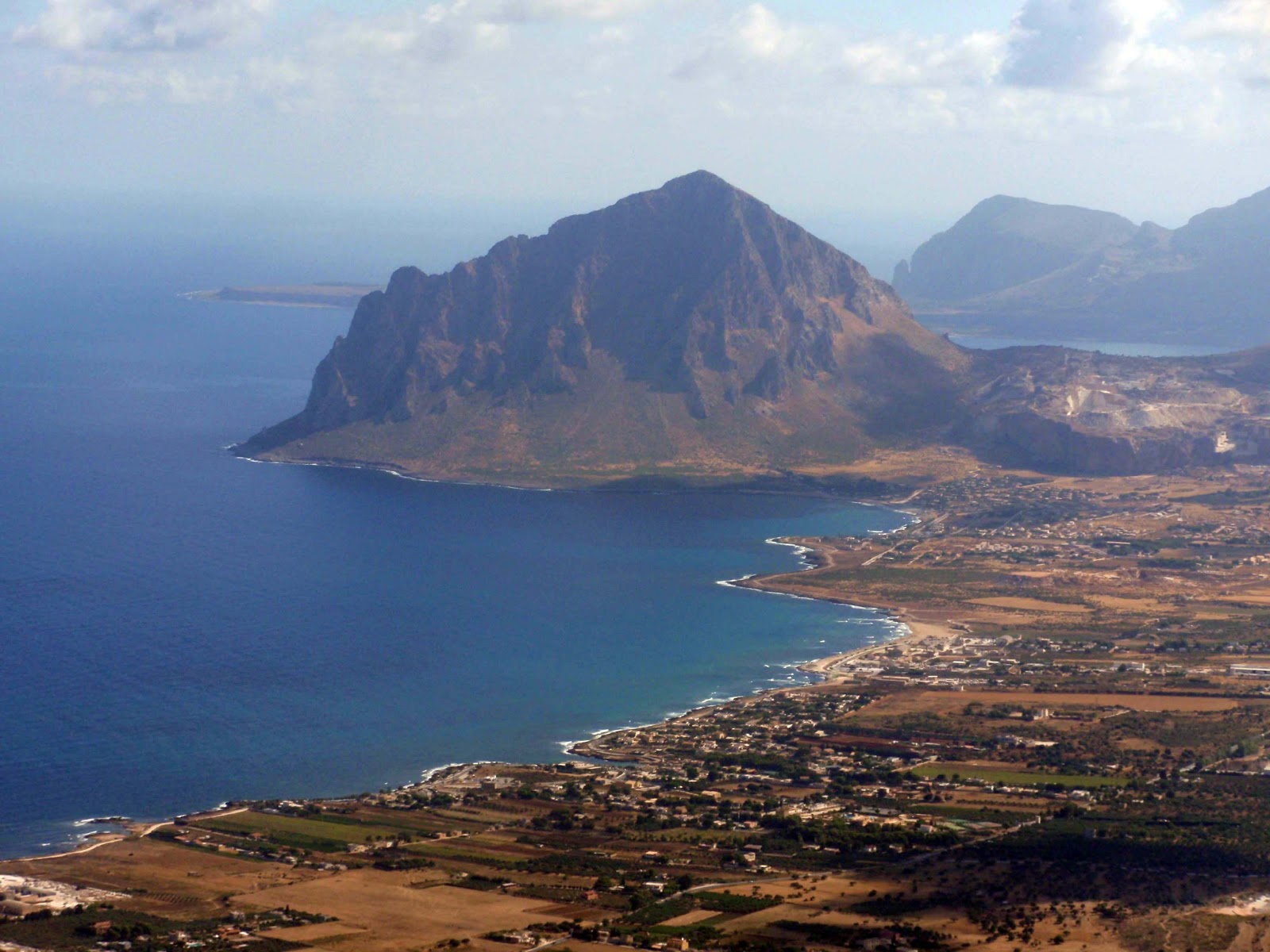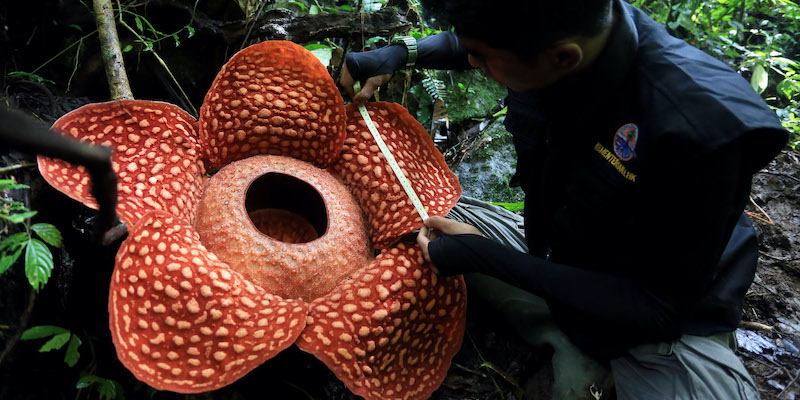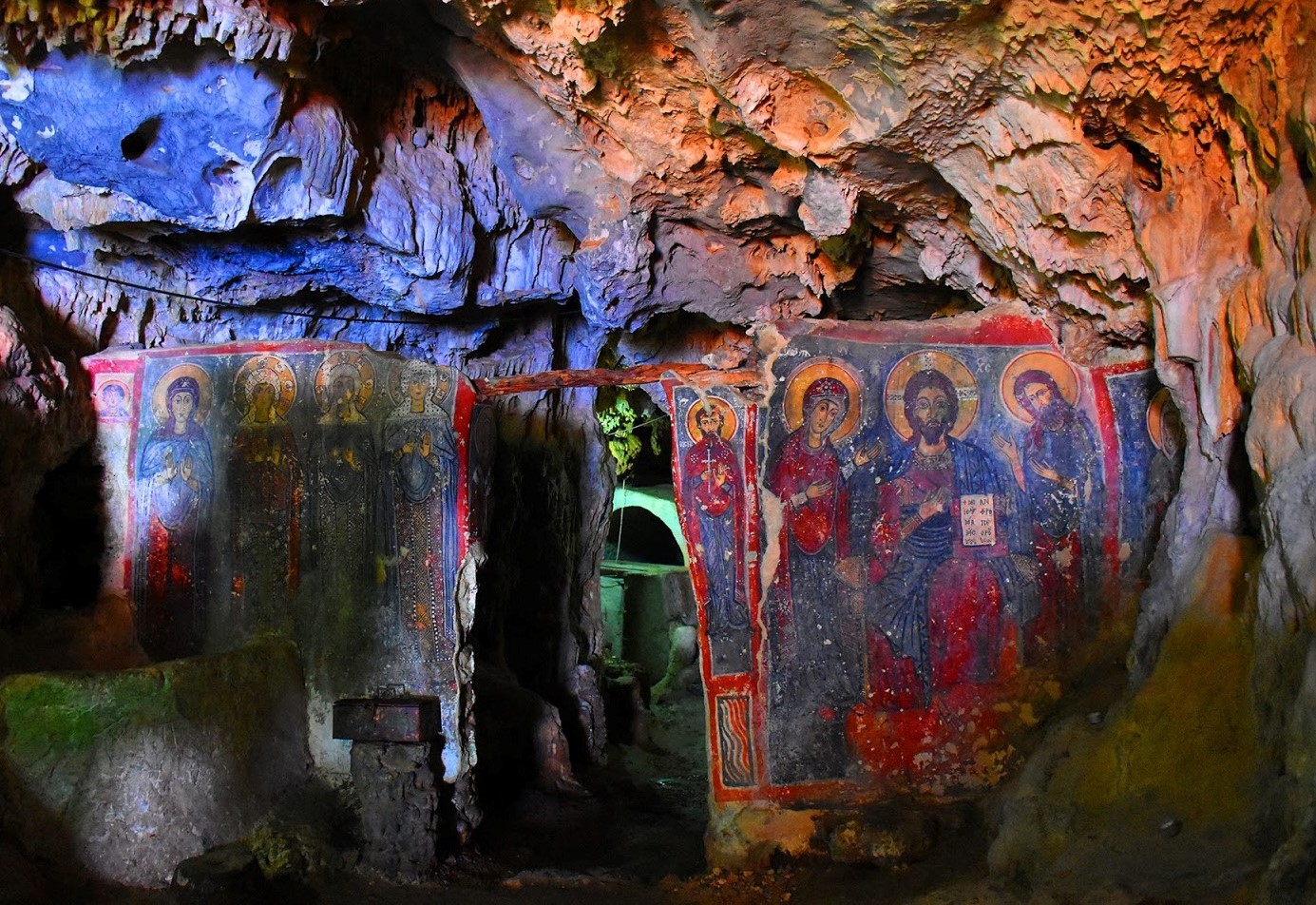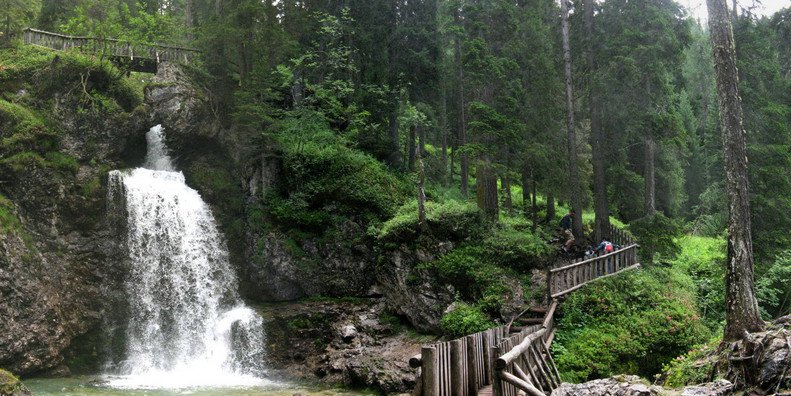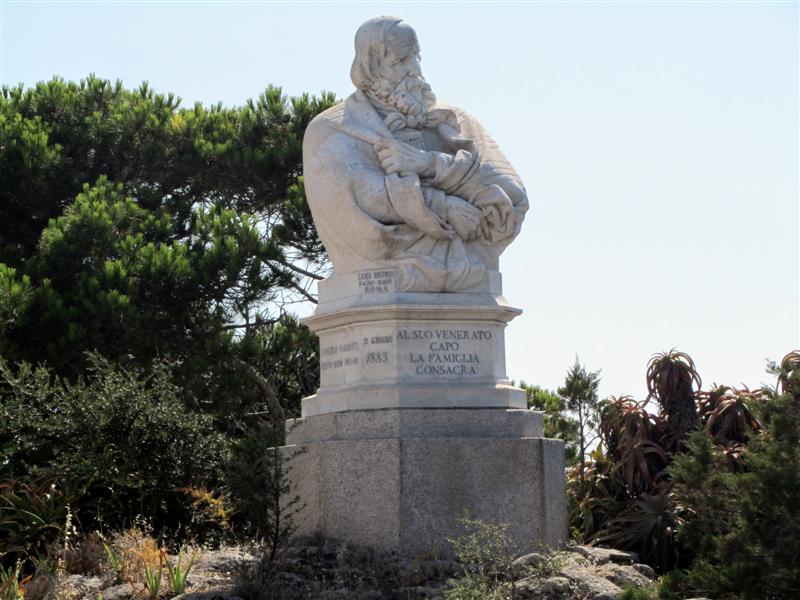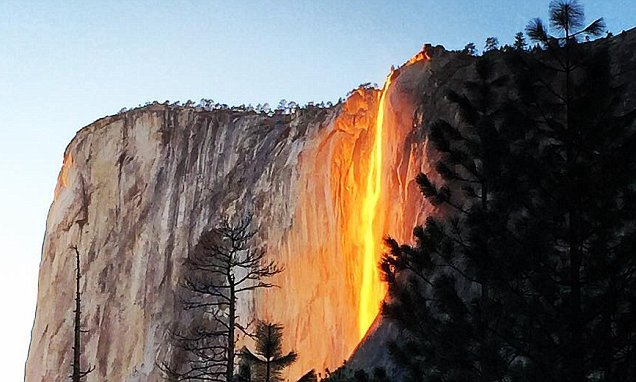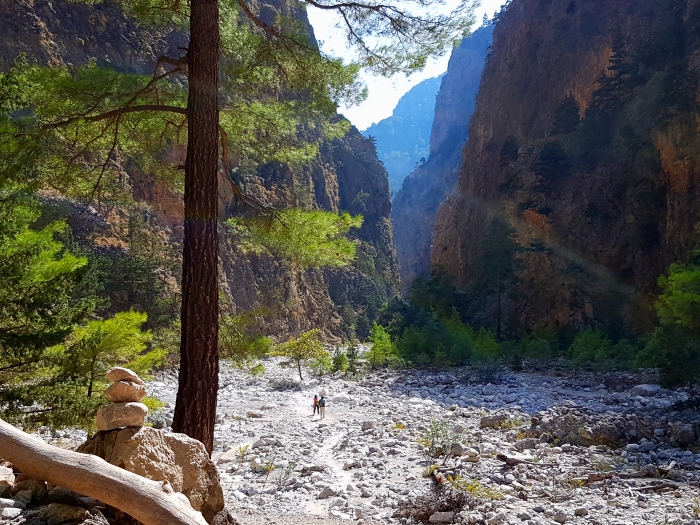The oriented nature reserve Monte Cofano is a protected natural area located in the municipalities of Custonaci and San Vito Lo Capo, in the province of Trapani.Between speleology, birds and botanical endemisms Monte Cofano is a promontory formed by the lifting of imposing marine limestone deposits during the Triassic period: the numerous fossils of animals that have contributed to the scaffolding of this mountain 659 m high above sea level. They are carbonate rocks (calcites, aragonites and dolomites) typically karstic. Monte Cofano, in fact, presents significant traces of water modelling not only on its surface (grooves, karren, corrosion basins and furrows of various sizes, dolines and sinkholes in the limestone slabs), but also in depth: in the Custonaci area alone, in fact, sixteen cavities have been studied which are rich in concretions, deposits and speleothemes (bizarre figures created by the deposition of limestone) of various shapes and colours. Three are the most significant abysses of the reserve: the Abisso del Purgatorio, the Abisso delle Gole (inside the Saletta dei Funghi shows mushroom-shaped limestone concretions and small pools containing calcite crystals) and the Grotta di Monte Cofano I (140 m deep, interesting limestone formations in the Sala del Fantasma). The calcareous nature of the mountain determines all its morphology: the rocky spires of the highest areas, the steep coastal walls, the southern slopes which, by crumbling, give rise to a thick blanket of sediment that accumulates at the base of the mountain forming the so-called breccia environments. A separate mention should be made for the ephemeral wetland: the pool that lies at the base of the south-eastern slope of Mount Cofano, at a height of 247 m above sea level. It is a small karstic depression that periodically fills up with water: in spring its surface is coloured by the white corollas of Baudot’s buttercup, while in summer, when the level is much lowered, the water lentil dominates, covering its surface with green. On the outer margins are the rhizomes of the swimming mock privet. On the rocks and on the steep slopes there are many small species of reptiles (Sicilian lizard, lizard, gecko, hemidactyl, ocellated gongilo) and snakes such as the whip snake and the viper. There are many orchids, both ophrids, whose petals recall insect shapes, and orchids with more fragile and less showy blooms.
